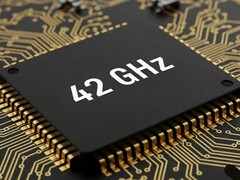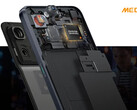A breakthrough achieved by researchers at Zhejiang University could pave the way for faster and more efficient computers and smartphones by making it easier to integrate high-performance lasers directly onto silicon chips.
Engineers have been looking for ways to use light for on-chip communications to develop faster computing devices, but the laser materials suitable for this purpose proved difficult and costly to combine with standard silicon technology. While perovskites have shown to be potential low-cost options, they have been held back by a critical flaw — Auger recombination. This is an energy draining effect that has prevented them from operating in continuous or near-continuous modes needed for computing.
The research team at Zhejiang University has now overcome this obstacle with an additive. According to their paper — published in the journal Advanced Photonics — their new approach employs a chemical additive during the manufacturing process. This additive enhanced the perovskite's crystal structure, suppressing the Auger recombination effect, allowing for efficient conversion of heat to light.
The researchers used the new material to build a laser which they say achieved the best performance ever recorded for a perovskite laser in a near continuous mode — a lasing threshold of 17.3 microjoules per square centimeter and a quality factor of 3850 under quasi-continuous nanosecond pumping. This breakthrough could pave the way for advanced photonic chips, which will result in more powerful processors for electronic devices.
Buy the Samsung Galaxy S25 Ultra (curr. 1,174.97 on Amazon).





















